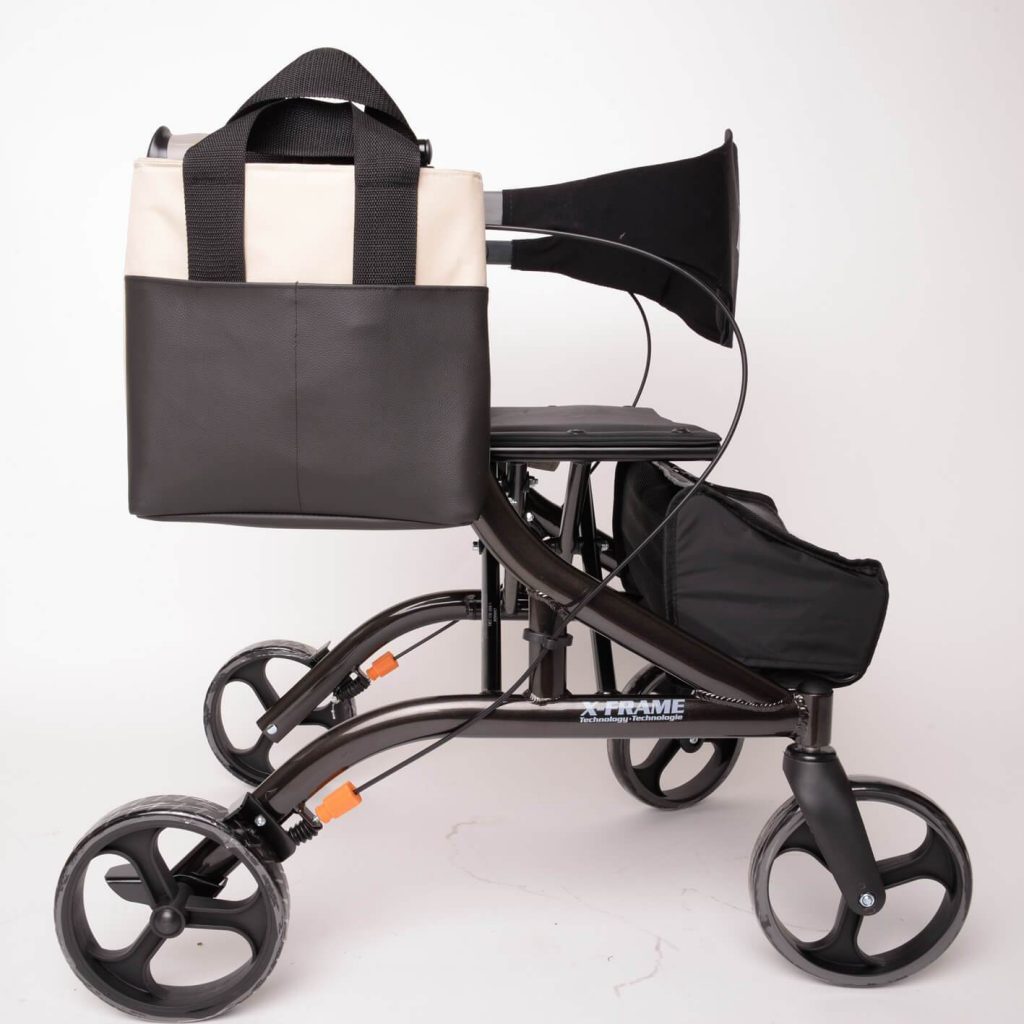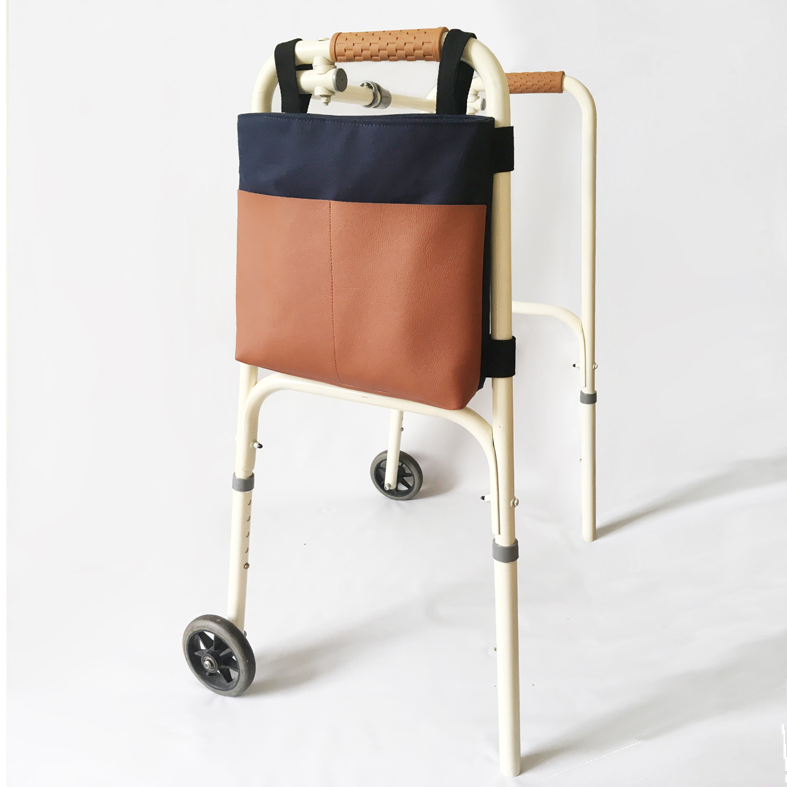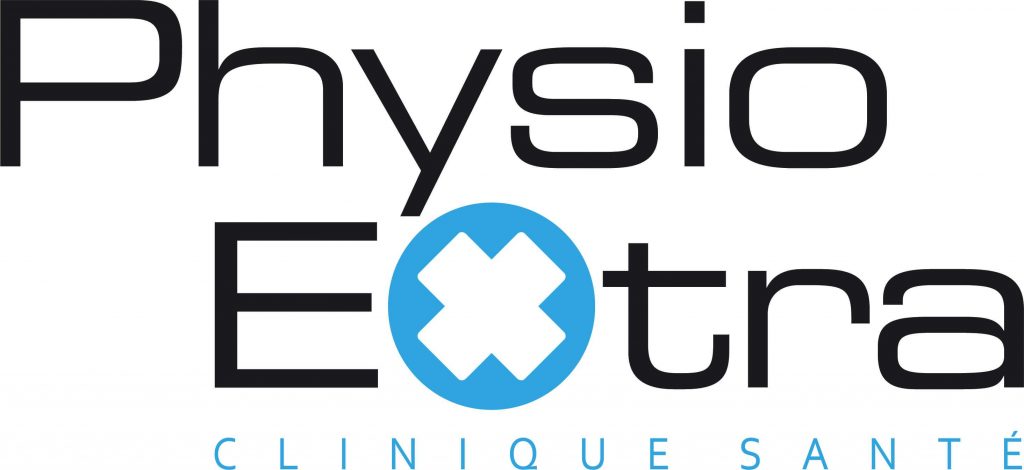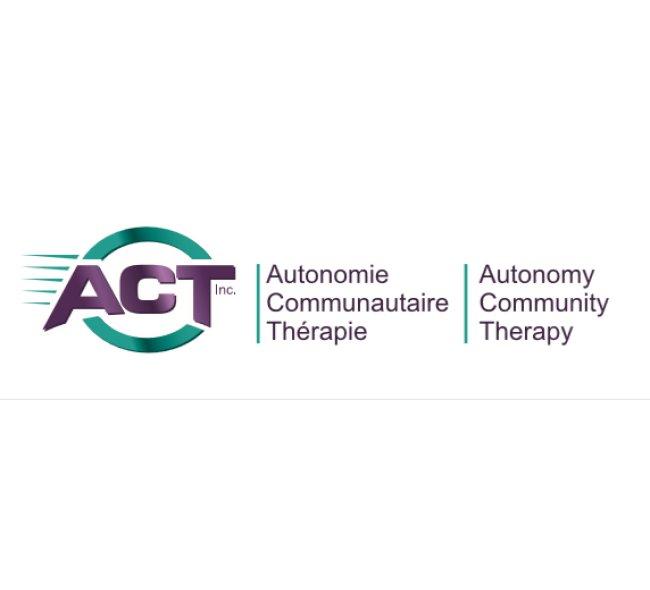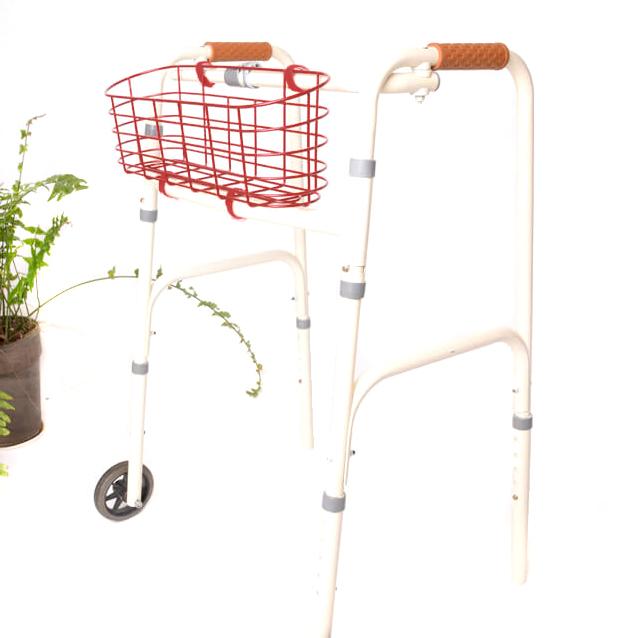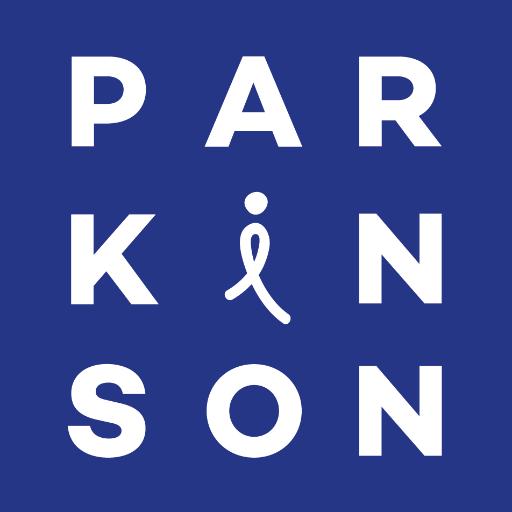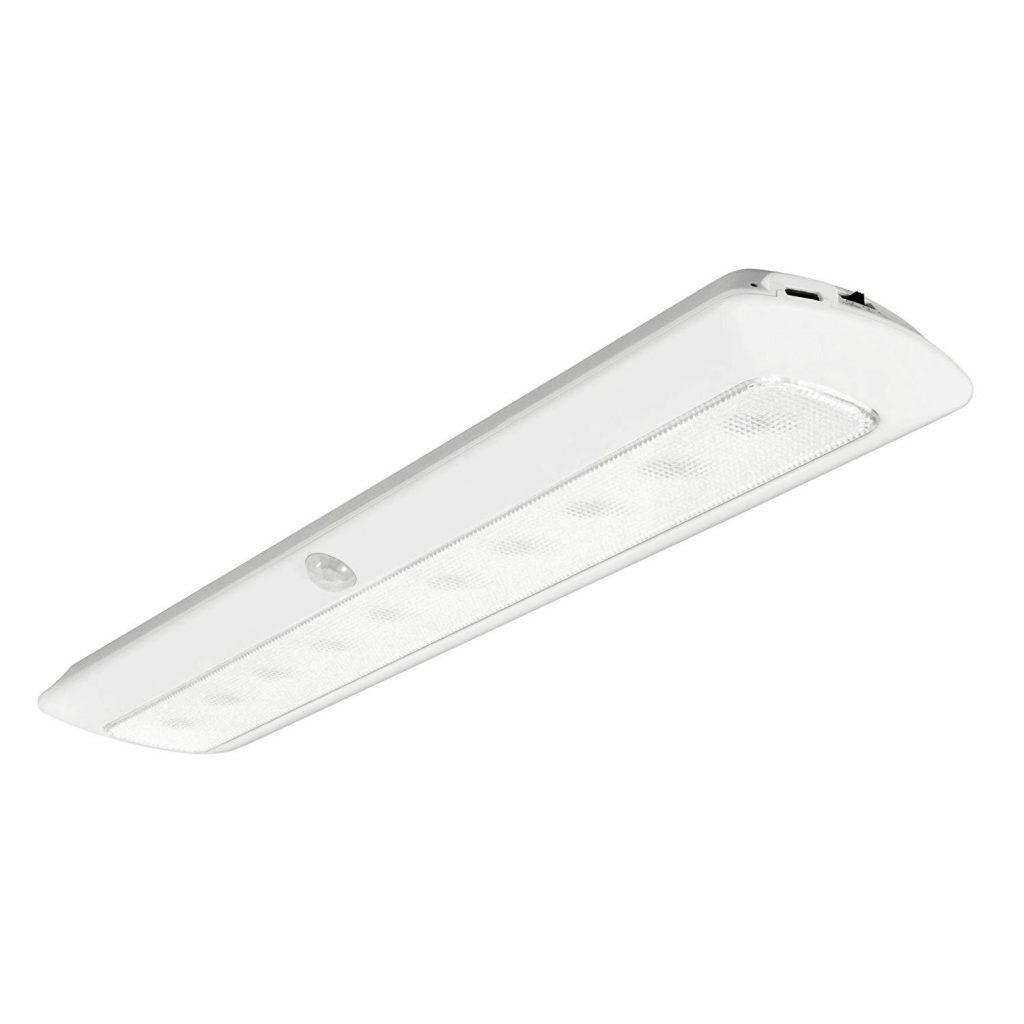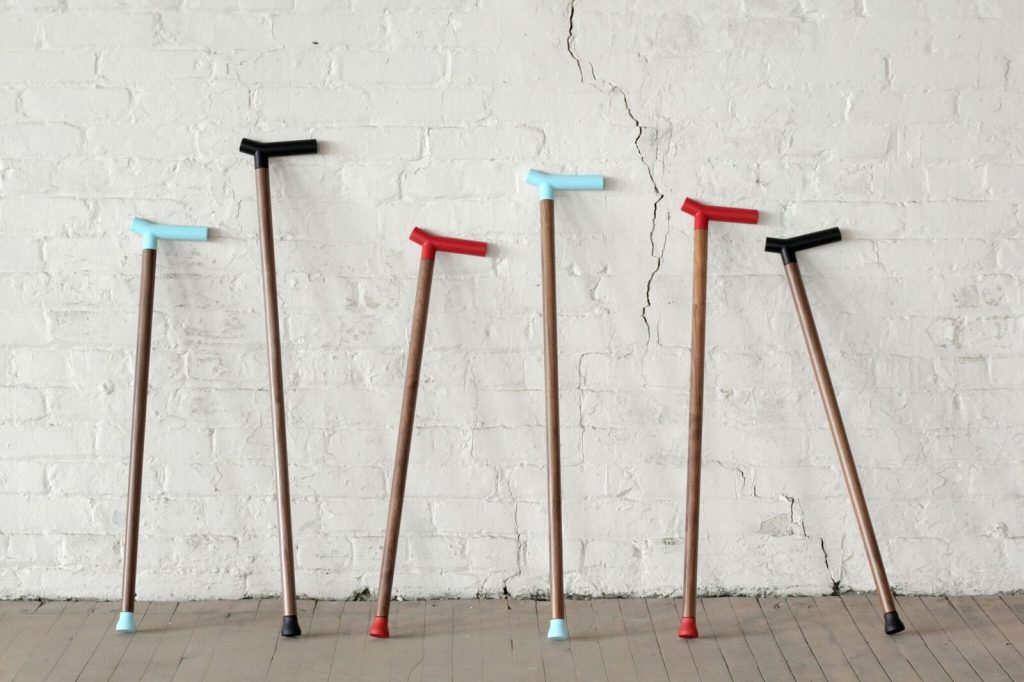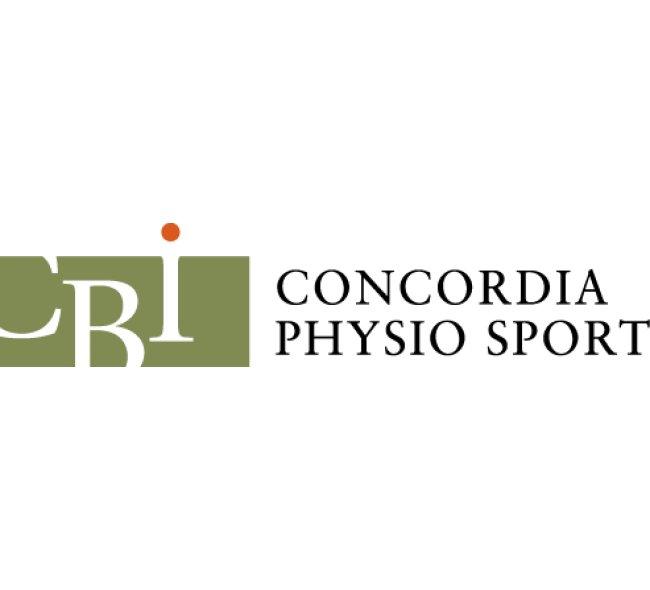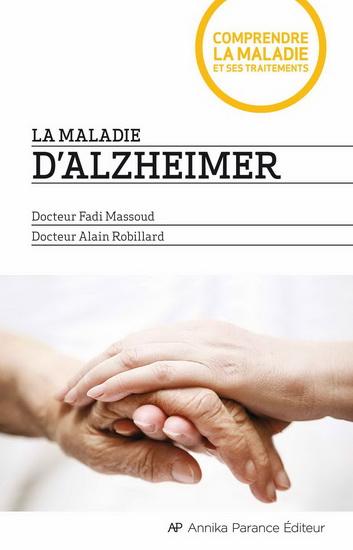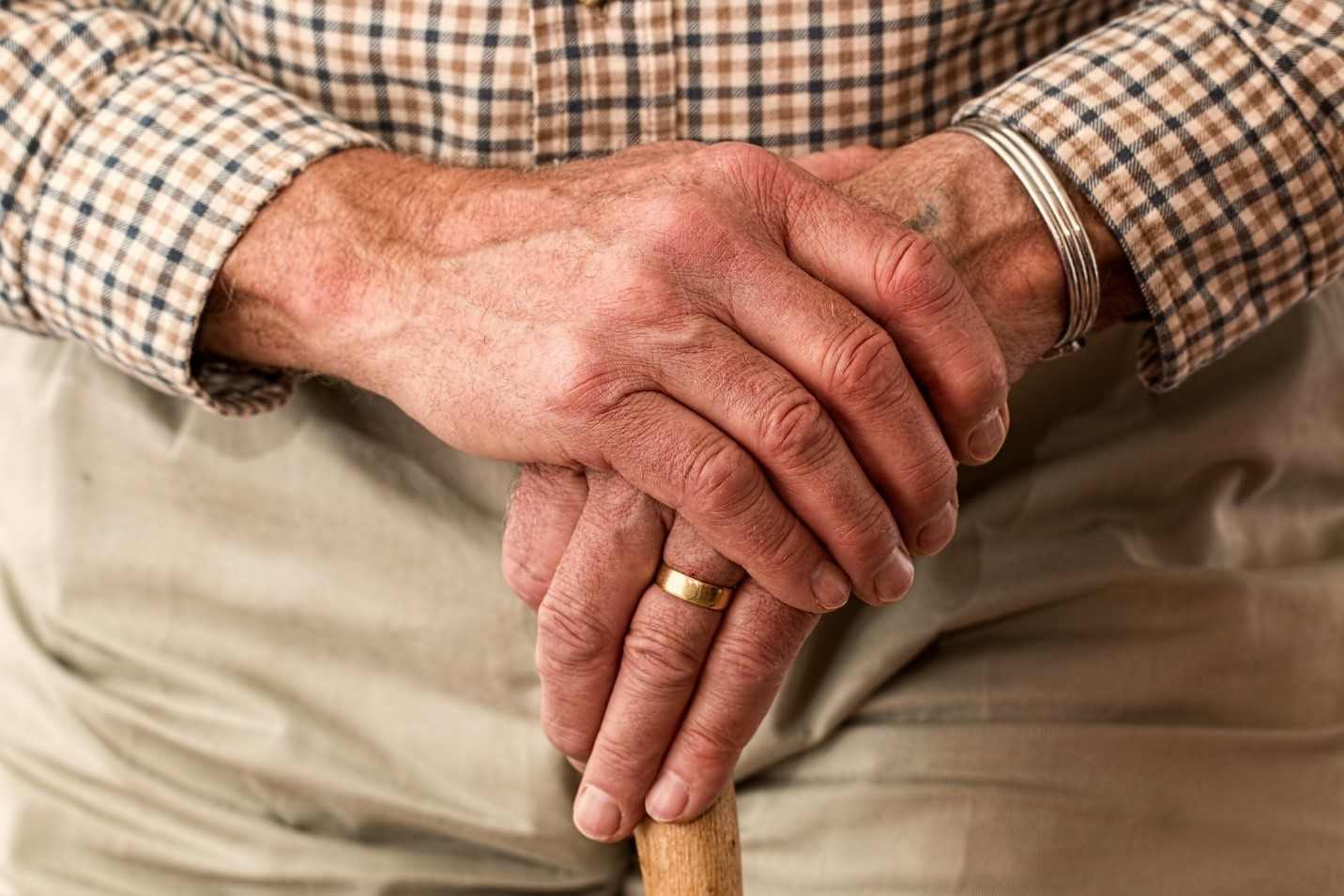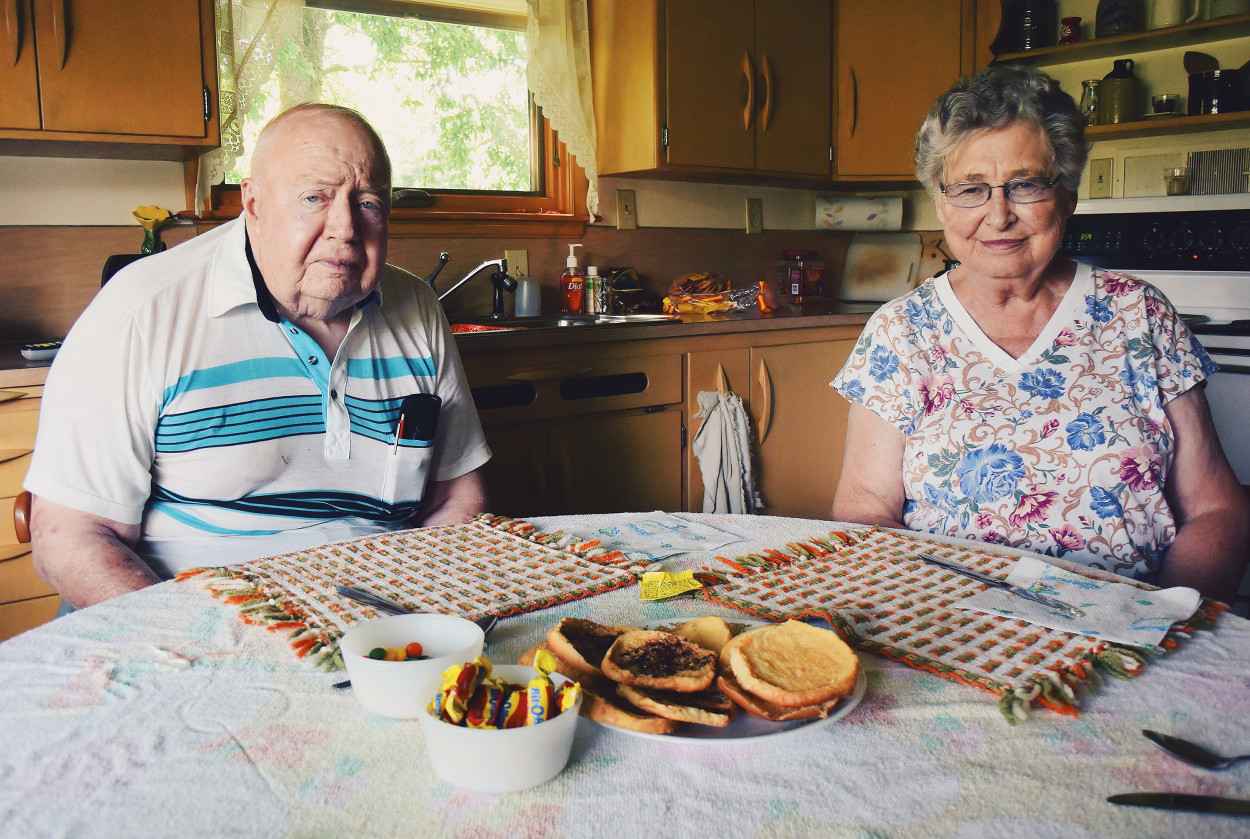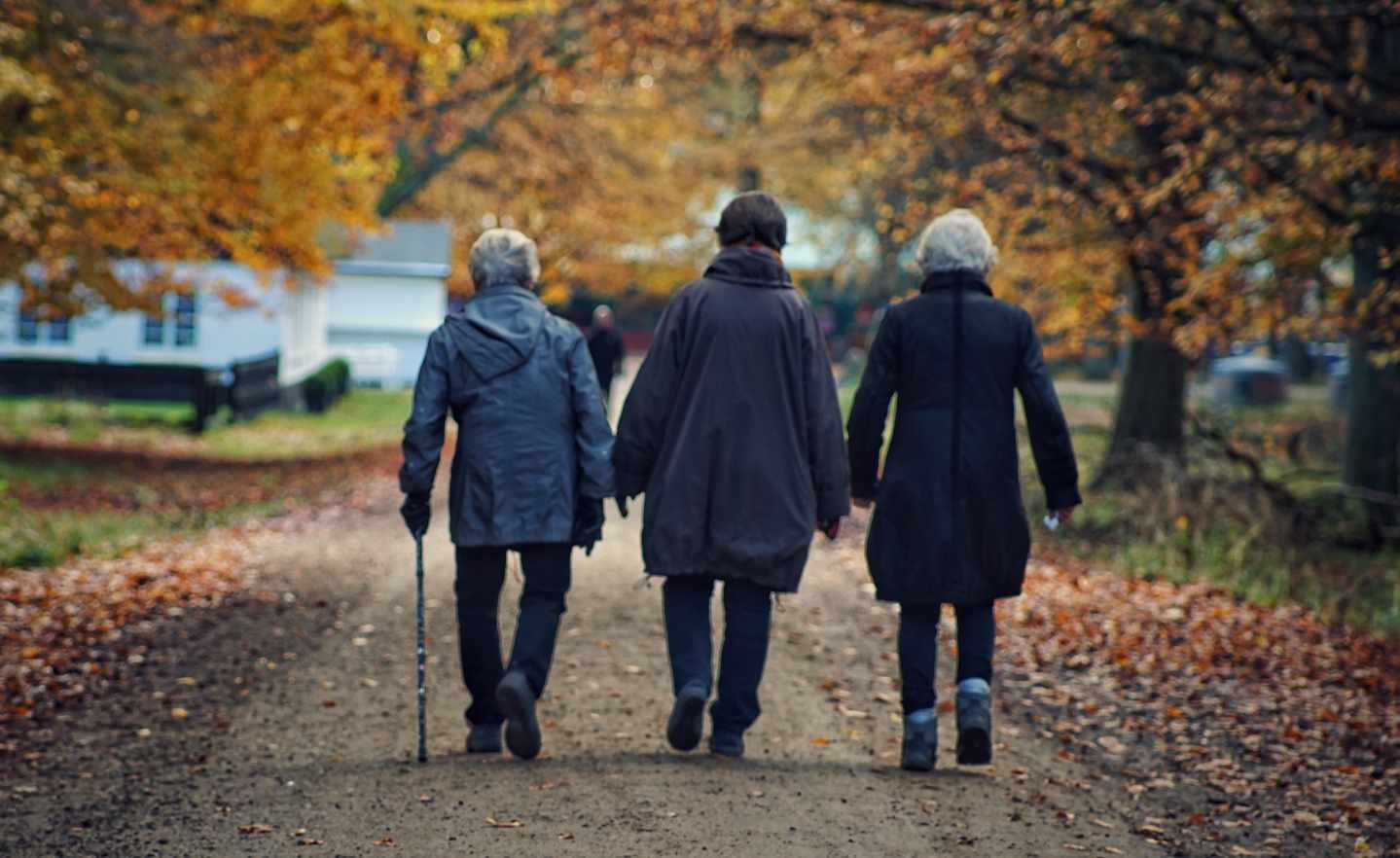
Falls: Risk Factors and What You Can Do
Due to physical changes associated with aging, the frequency and severity of falls can increase with time. Although most falls are uneventful, some lead to major complications, such as bone fractures, hospitalizations, or severe mobility impairment.
It’s impossible to prevent every single fall, yet, recognizing the main risk factors for falls – and correcting for them – will lessen your probability of suffering from one. This article will outline the key risk factors, classified into two categories: extrinsic and intrinsic.
What’s the difference between extrinsic and intrinsic risk factors?
Extrinsic risk factors refer to everything around a person at risk of falling, in particular their surroundings. Conversely, intrinsic risk factors are those that refer directly to a person.
What are the main extrinsic risk factors for falls?
1. An inadequate home environment
Most falls happen at home. Low lighting, loose throw rugs, unsecured cables, or crowded floors are all things that increase the risk of falling. Addressing these factors and adapting your home by adding grab bars and ramps will decrease your probability of experiencing a fall.
2. Incorrectly fitting footwear
Wearing shoes, slippers, or socks that do not fit well increases the risk of stumbling and reduces our ability to recover from a near-fall.
What are the main intrinsic risk factors for falls?
3. Arthritis and other mobility impairments
Unsurprisingly, muscle and joint conditions increase the risk of falling. With aging, arthritis, balance impairment, and muscle loss in the lower body are more frequent.
4. Vision impairment
As we age and lose visual acuity, it becomes harder to detect obstacles. This puts us at greater risk of stumbling. Screening for eye diseases such as glaucoma and cataracts becomes all the more important.
5. Cognitive impairment
It may surprise you that walking requires a brain in good shape! But because walking is a complex task requiring some concentration, falls can be the consequence of advanced forms of dementia, such as in later Alzheimer’s disease.
6. Symptoms of depression
Older adults with symptoms of depression fall more because their concentration and their perception of surroundings is decreased. Treating depression will not only help with mood, but may also lower the risk of falling.
7. Dizziness when changing positions
If you feel dizzy when you change positions (e.g. standing up from bed), you may be experiencing what is called orthostatic symptoms. These symptoms are usually normal. But when they are severe, they may be related to medical conditions (e.g. dehydration, Parkinson). In all cases, the critical step is to take your time when change positions.
8. Medication or alcohol consumption
Using more than 4 medications or drinking alcohol (in moderate or greater amounts) increases fall risk. Even if they are sometimes required, sleep medications, antidepressants, and other medications affecting the brain are most associated with falls.
9. Acute and chronic medical conditions
Falls can be the first indication of another more severe medical condition (e.g. the flu or a urinary tract infection), which can weaken muscles and reduce balance. Chronic conditions, such as Parkinson’s disease or a stroke, can also raise fall risk.
What can you do to reduce fall risk?
Someone who experienced a fall is at much greater risk of falling again. Don’t wait for a consequential fall before intervening to reduce the risk of falling. While some factors cannot be corrected, many can be.
Healthcare professionals are trained to screen, correct, and prevent falls. A physiotherapist will assess and suggest a plan to mitigate mobility impairments and reinforce muscle strength. A physician will diagnose and treat medical conditions which increase fall risk. Your pharmacist, working with your physician, can review your medications to remove inappropriate ones. The occupational therapist has the expertise to assess and suggest home adaptations. An optometrist will screen and treat eye conditions.
What about you? An exercise program can decrease your risk of falling. Public, community, and private services offer many. And if what you fear most are the consequences of falls, devices have been designed to mitigate falls. It’s your move now and Eugeria can help!




